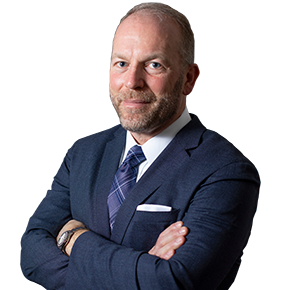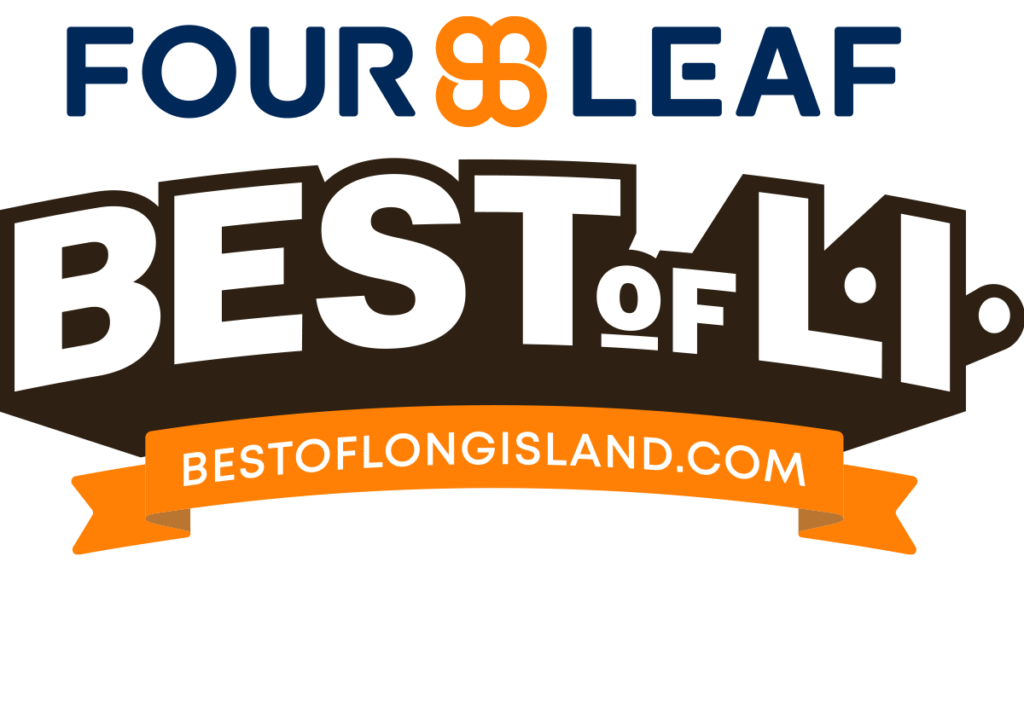The treatment for partial ulnar collateral ligament (UCL) tears generally involves a combination of conservative and, in some cases, surgical approaches. Here’s an overview:
Conservative Management
- Rest and Activity Modification: Avoiding activities that stress the elbow, particularly those involving overhead motions, is crucial to prevent further injury and promote healing.
- Physical Therapy: A physical therapist can guide you through exercises to strengthen the muscles around the elbow, improve flexibility, and restore range of motion. Therapy might also include modalities like ice, heat, and ultrasound. Also many overhead athletes with ulnar collateral ligament injuries have underlying shoulder pathology that can affect their biomechanics increasing their risk for elbow repetitive injury. Addressing these issues which may include shoulder internal rotation loss and scapular dyskinesis can improve mechanics and decrease elbow stress.
- Bracing: Wearing a brace or elbow sleeve can provide support and stability, especially during activities that could exacerbate the injury.
- Medications: Nonsteroidal anti-inflammatory drugs (NSAIDs) like ibuprofen can help manage pain and reduce inflammation.
- Platelet Rich Plasma: Studies have shown moderate success with platelet rich plasma to help heal partial ulnar collateral ligament injuries.
- Gradual Return to Activity: A structured return-to-sport or activity plan is essential to ensure that the elbow heals properly and to prevent re-injury.
Surgical Management
Surgery may be considered if conservative treatment does not relieve symptoms or if the partial tear does not heal properly. The decision to proceed with surgery usually depends on the severity of the tear, the patient’s functional needs, and the response to non-surgical treatments.
- UCL Reconstruction (Tommy John Surgery): In cases where the patient does not improve with conservative measures. This is recommended in cases where the native UCL ligament is not of good quality and therefore cannot be repaired. A tendon graft from the patient, either a palmaris longus or hamstring, is harvested from the patient and used to create a new UCL. Average return to sport is 12-14 months
- UCL Repair: In some cases, direct repair of the torn ligament might be possible. This procedure is recommended in cases where the native ligament is of good quality and is either torn off the bone proximally from the humerus or distally off the ulna. The ligament is directly repaired back to bone using suture anchors and backed up using a collagen coated super suture. This technique allows earlier functional rehab. Average return to sport is 6-8 months
Follow-Up and Rehabilitation
Regardless of the treatment approach, follow-up care and rehabilitation are critical to ensure proper healing and functional recovery. Regular check-ups with your orthopedic specialist and physical therapist will help monitor progress and adjust the treatment plan as needed.
At Total Orthopedics and Sports Medicine, we have experts in the latest treatment of ulnar collateral ligament injuries and surgery helping athletes return to sports at full performance as soon as possible.







 Website Design by
Website Design by